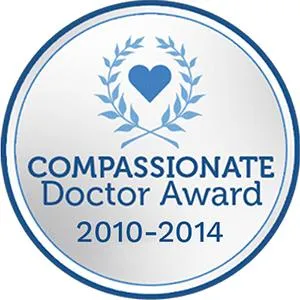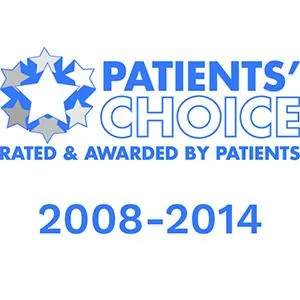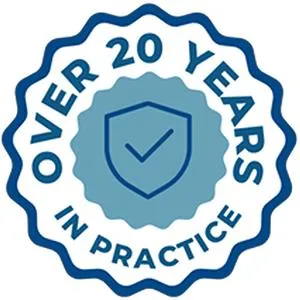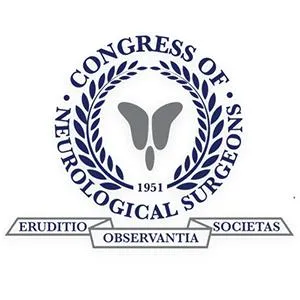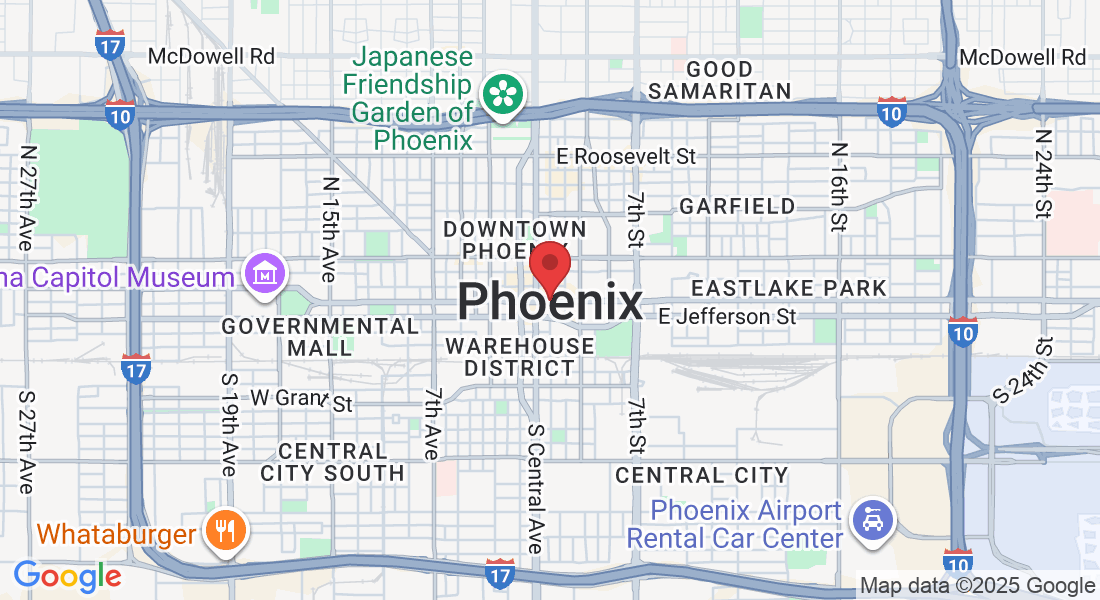Non-Invasive
Neck & Back Bracing
Support for Healing and Pain Relief
Bracing is a non-invasive treatment used to stabilize the spine, reduce painful micromovements, and allow tissues to heal. For some patients, bracing also provides confidence when standing, walking, or returning to activity. At Desert Spine and Pain, we use bracing as a temporary tool—never a long-term crutch. Led by neurosurgeon Dr. David L. Greenwald, M.D., FAANS, FACS, our Phoenix team prescribes braces only when they genuinely help healing, comfort, or mobility.

Over 100 5-Star Reviews!

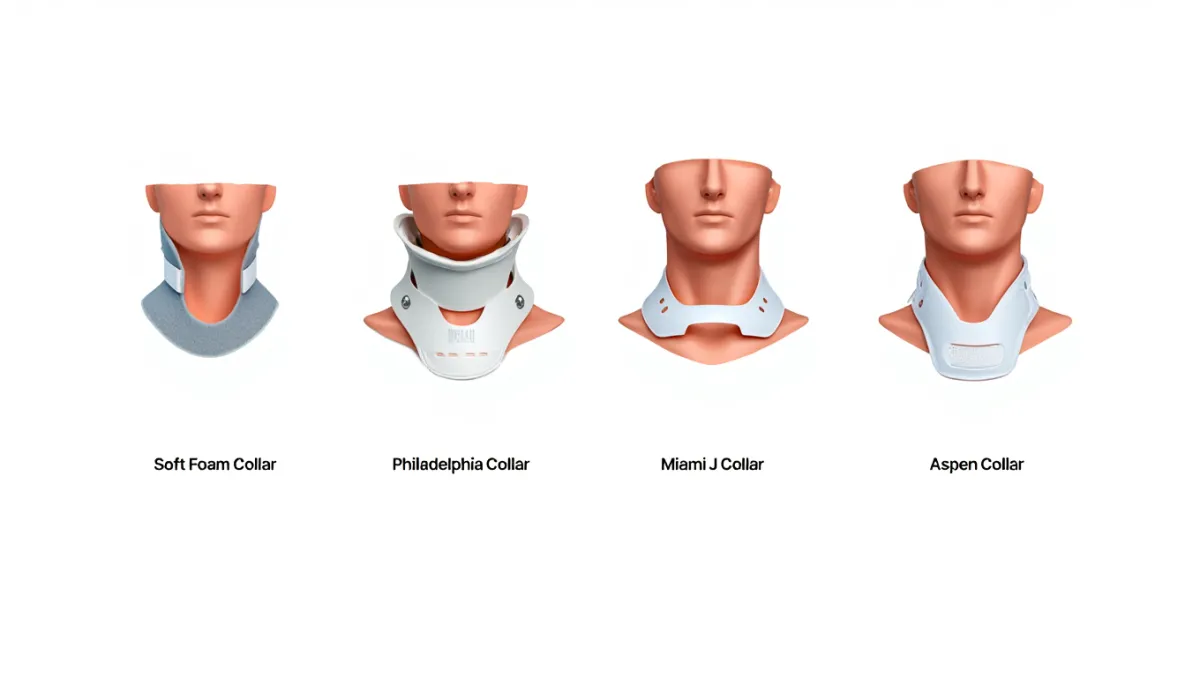
What Is Spinal Bracing?
In simple terms: A brace is like a “cast for your spine.” It reduces motion, eases strain, and supports posture while your body heals.
Scientifically: Bracing restricts spinal segment motion, unloads pressure on discs/facets, reduces paraspinal muscle workload, and alters intra-abdominal pressure to provide stability.
Braces may be rigid (hard plastic), semi-rigid, or soft elastic, depending on your condition.
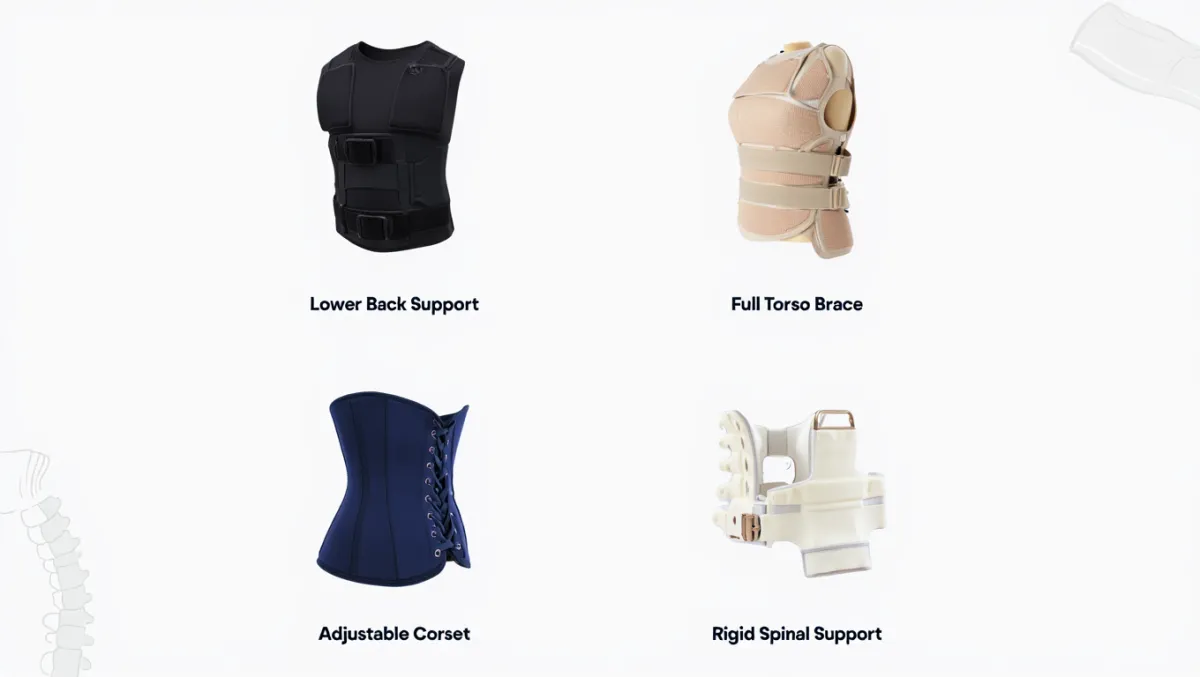
When We Recommend Bracing
Fractures – Especially vertebral compression fractures and stable traumatic fractures
Post-surgical support – After fusion or decompression in select patients
Degenerative conditions – Short-term use in severe arthritis, stenosis, or instability
Acute muscle/ligament injuries – To calm motion while tissues recover
Sports injuries – Stress fractures like spondylolysis in athletes
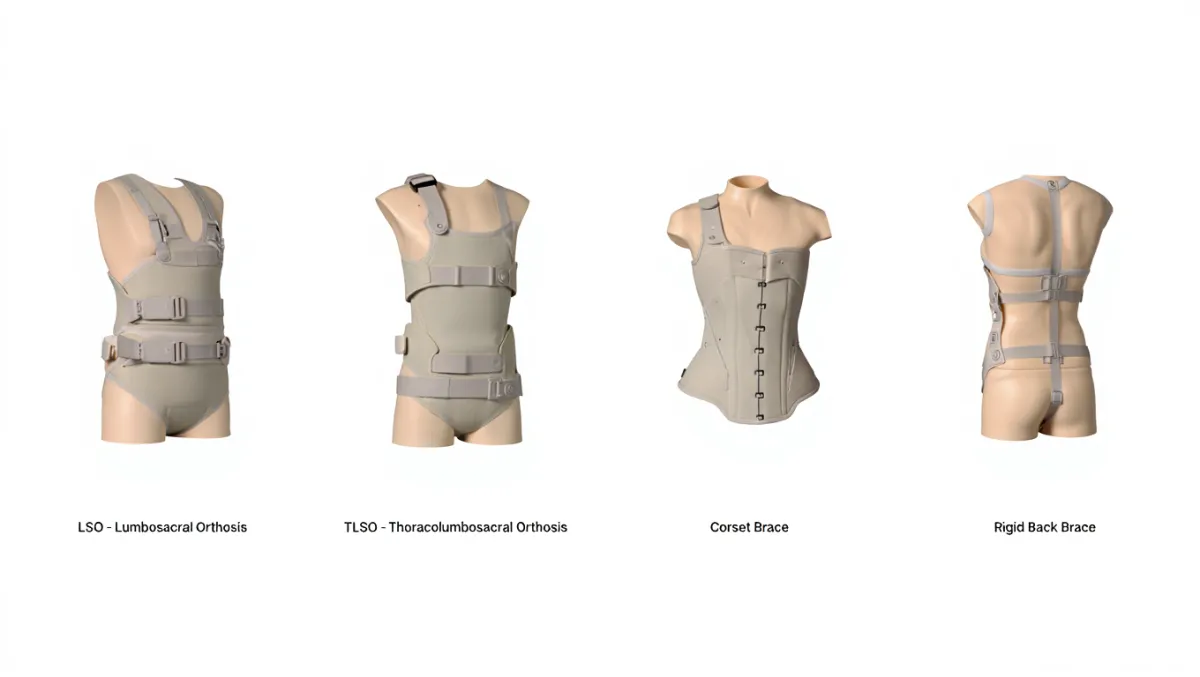
Types of Spinal Braces
Lumbar Sacral Orthosis (LSO)
Used for lower back pain, fractures, or after lumbar surgery
Provides compression and limits motion in the lumbar region
Thoracolumbosacral Orthosis (TLSO)
Stabilizes the thoracic and lumbar spine
Common after trauma, fractures, or major surgery
Cervical Collars
Rigid or soft collars to stabilize the neck after injury or whiplash
Often short-term to prevent stiffness and weakness
Soft Elastic Braces
Lightweight, often used for posture support or mild pain relief
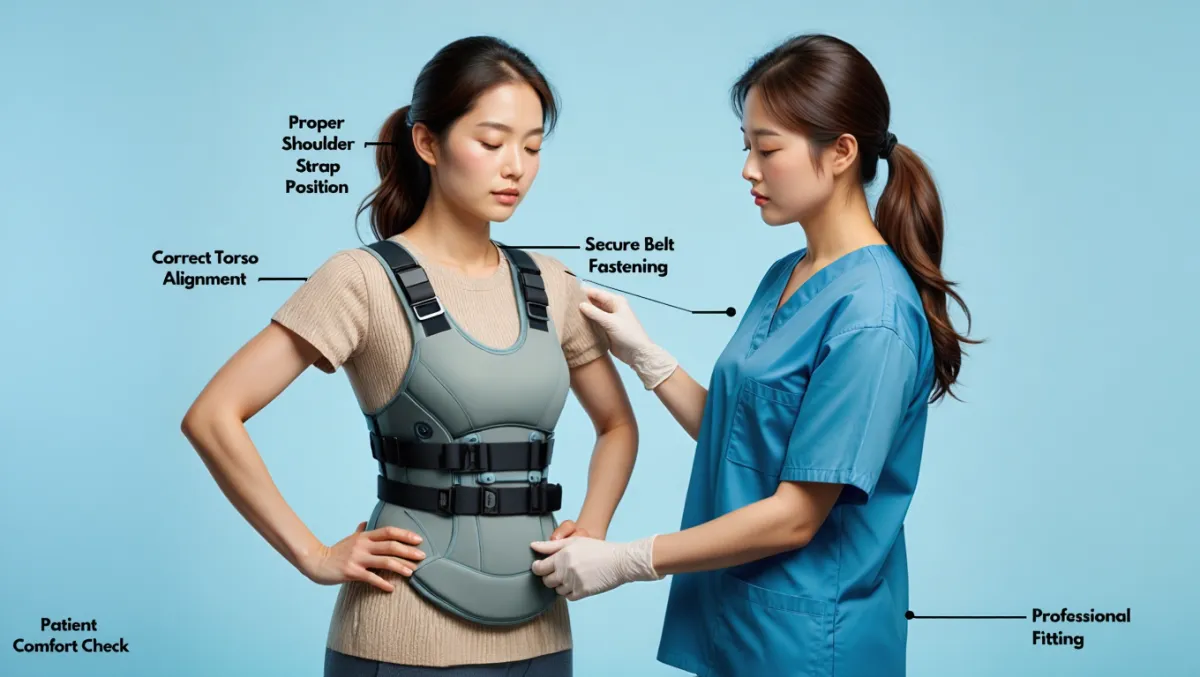
Benefits of Bracing
Reduces motion at injured or unstable segments
Provides immediate pain relief in many cases
Allows bones, discs, and ligaments to heal
Improves posture and spinal alignment
Offers confidence for patients afraid to move after injury
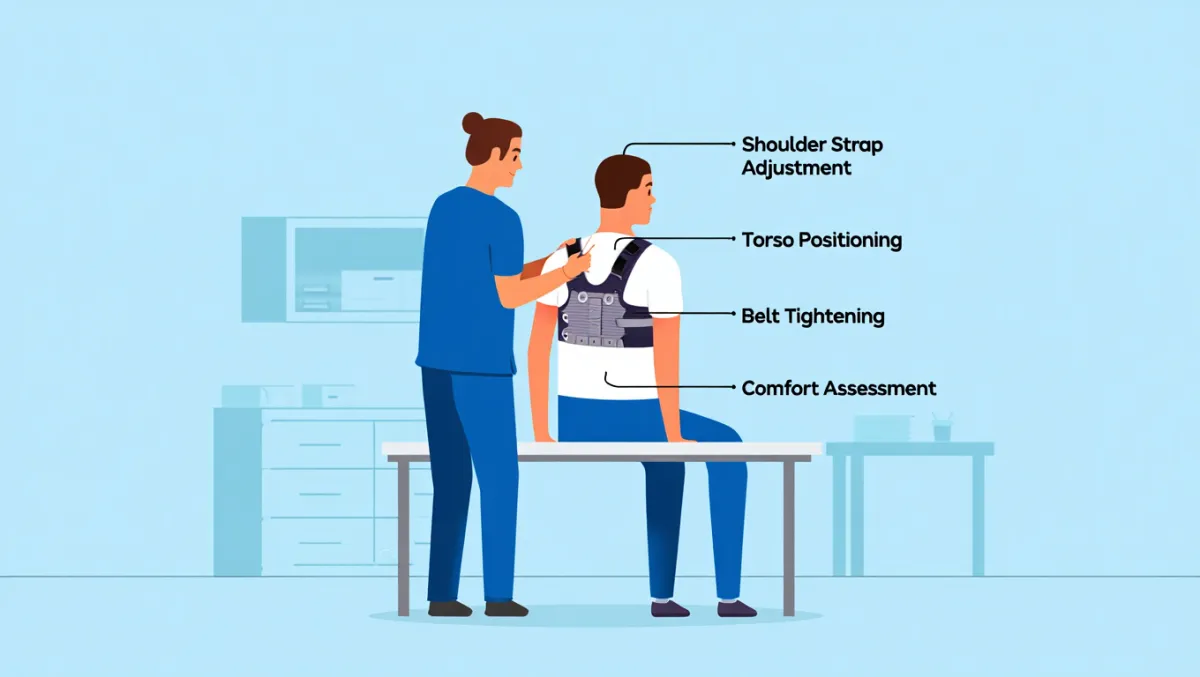
Risks and Limitations
Muscle deconditioning if used too long
Skin irritation or discomfort if poorly fitted
False sense of security if brace is overused instead of strengthening muscles
At Desert Spine and Pain, we pair bracing with physical therapy to keep muscles strong and gradually reduce brace use.
How Long Do You Need to Wear a Brace?
Stable compression fracture: Typically 6–12 weeks
Post-surgical support: 4–12 weeks depending on healing
Athletic stress fracture: Often 8–12 weeks
Degenerative/arthritic pain: Short bursts (days to weeks) during flare-ups
You won’t wear a brace forever. The goal is short-term support while your spine stabilizes.
Recovery Timeline
Immediate: Many patients feel relief as soon as the brace is applied
Weeks 1–6: Pain improves as tissues heal and movement confidence grows
Beyond 6 weeks: PT gradually reduces reliance on the brace
End of treatment: The brace is discontinued once stability returns and muscles are strong enough
Why Choose Desert Spine and Pain?
Tailored bracing protocols – Custom-fitted braces, individualized duration
Conservative-first approach – Bracing is used only as a temporary tool, not a permanent fix
Expert oversight – Dr. Greenwald ensures bracing is medically appropriate and part of a bigger recovery plan
Integrated rehab – PT ensures muscles stay strong while the brace does its job
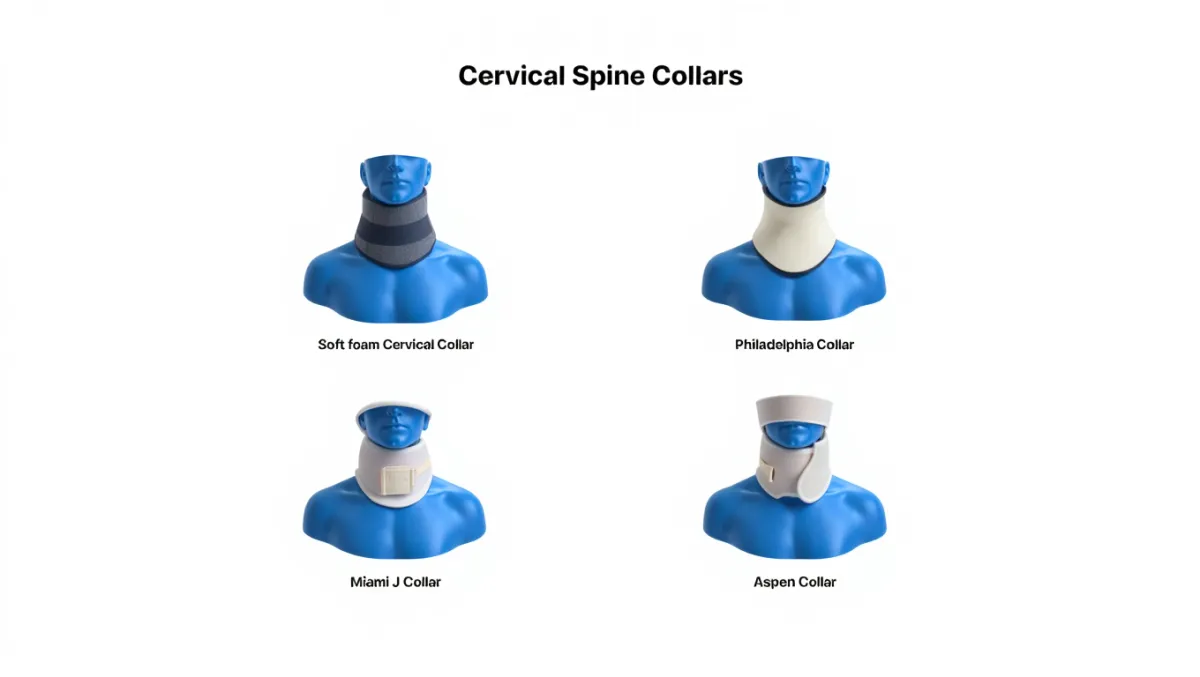
Frequently Asked Questions
Will I become dependent on a brace?
No. We prescribe bracing as a short-term solution, with PT to build strength and independence.
Can I exercise while wearing a brace?
Yes. We’ll guide you on which activities are safe and which should wait until you’re stronger.
Is bracing covered by insurance?
Often yes, especially when prescribed for fractures, post-surgery, or specific medical conditions.
Can I buy a brace online?
Generic braces exist, but medical-grade bracing is more effective and should be fitted by a provider.
How does Desert Spine and Pain use bracing differently?
We integrate bracing into a broader plan, ensuring it supports healing without weakening muscles or delaying recovery.
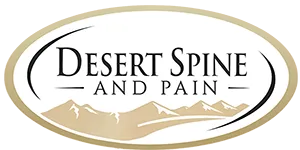

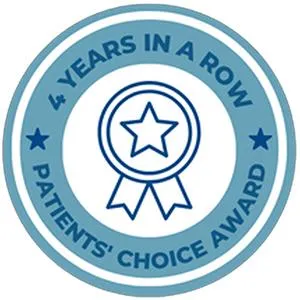
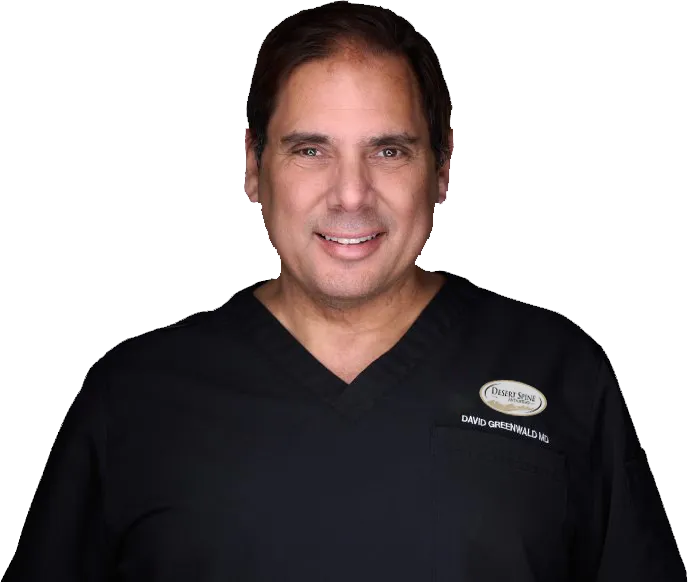
Dr. David L. Greenwald, MD
Neuro-Spine Surgeon
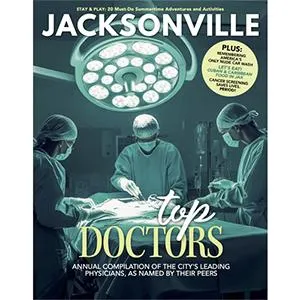

Call Now!
Desert Spine and Pain
A Spine Specialist is standing by.
Relief is just a phone call away!
Available Around the Clock.
Phone: (602) 566-9500
Email: [email protected]
Contact Us
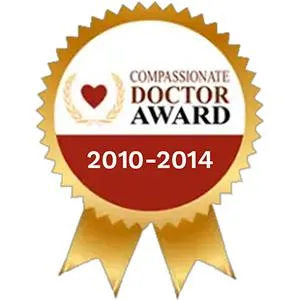
Schedule a Back Consultation.
If you’ve been advised to use or are considering neck or back bracing, Dr. Greenwald and his dedicated team can guide you through your options and ensure your brace supports your recovery effectively. We’ll tailor your care plan to your specific needs—whether you’re healing from surgery, managing a spinal condition, or rehabilitating after an injury. Every step you take toward proper spinal support brings you closer to stability and long-term comfort. Schedule your consultation today and take the first step toward improved posture, protection, and healing.
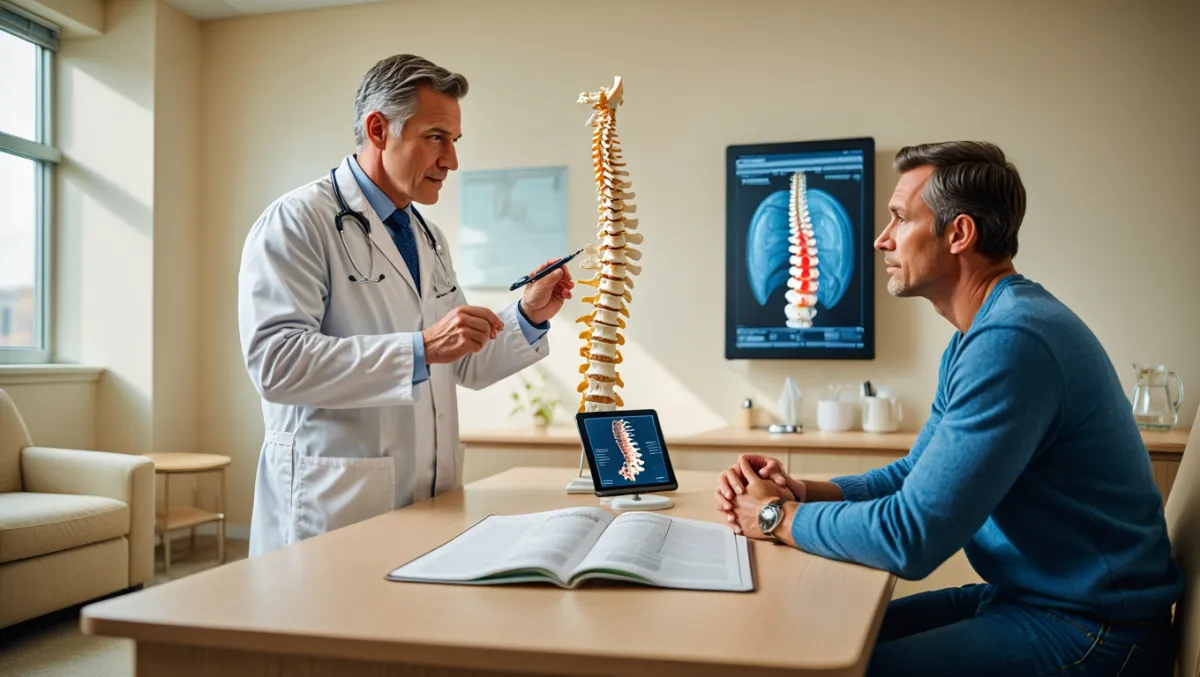
Voted Best Spine Doctor
Over 30 Years Experience in Orthopedic & Neuro Spine Surgeries.

Dr. David L. Greenwald, M.D., F.A.C.S.
Neurosurgeon | Spine Surgeon | Regenerative Medicine
Dr. David L. Greenwald, MD, FACS, is a board-certified spine surgeon with extensive experience prescribing and managing neck and back bracing for patients recovering from spinal injuries, surgeries, or chronic conditions. Bracing can play a critical role in stabilizing the spine, reducing pain, and promoting proper healing by limiting motion and providing targeted support. Dr. Greenwald carefully evaluates each patient’s condition to determine whether a custom or prefabricated brace is most appropriate, ensuring optimal comfort and effectiveness. His individualized approach helps patients throughout South Florida recover safely, prevent further injury, and restore function with greater confidence.
Book your Spine Care Consultation Today!


Desert Spine and Pain
Patient Centered & Partner Focused
Quick Links
Resources
Connect With Us
© Desert Spine and Pain. 2025. All Rights Reserved. Sitemap

